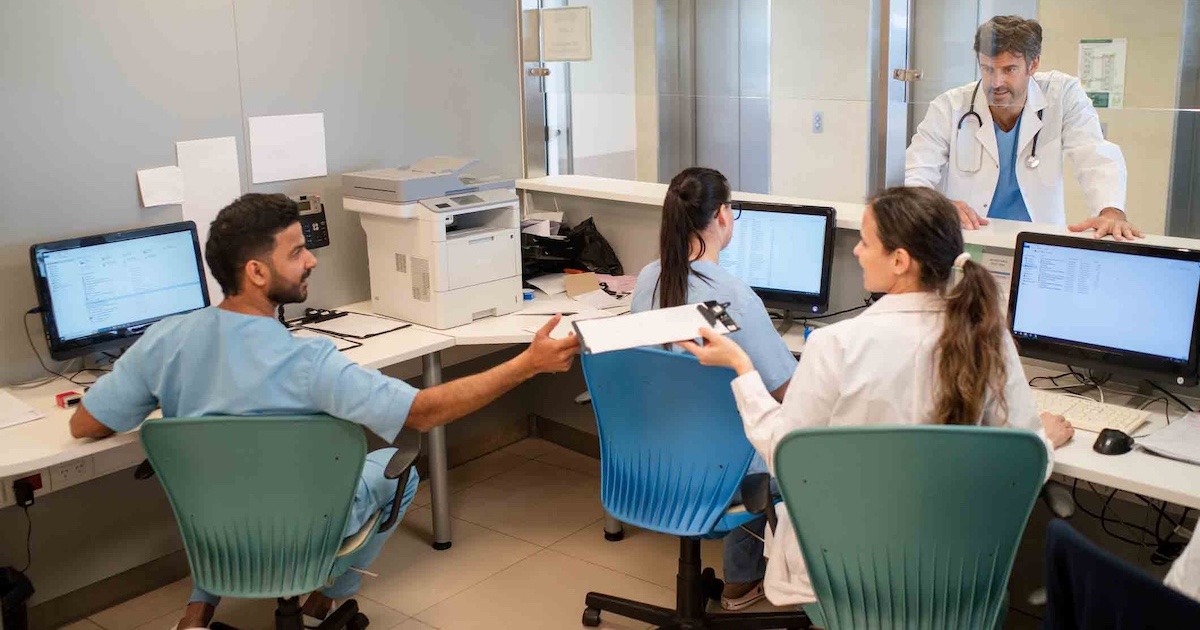The lure of mobile health technology in the consumer space has everything to do with convenience and lifestyle. And if it enables people to communicate with their doctors, so much the better.
Time and again, at trade shows like the recent 2013 International CES in Las Vegas, the point has been made that mHealth will only work for consumers if it's unobtrusive. That's why mobile apps are being designed to fit into one's lifestyle, and why they're being designed around everyday health and wellness choices.
One company that is finding success with a mobile platform is dLife Healthcare Solutions, a Westport, Conn.-based developer of evidence-based content and technology solutions focused on diabetes. This includes a comprehensive website, television program and online resources for everything from recipes to fitness tips to medical issues.
About two years ago the company launched its first mobile app. Adam Kaufman, general manager of dLife Healthcare Solutions, says the website's traffic, which sees 500,000 to 1 million unique visits per month, was seeing a spike in hits from mobile devices. That, he says, led company officials to realize that mobile users are a growing market – and they're not necessarily looking for the same information as users who are sitting at home in front of their computers.
"People on the go have different motivations," he said. "They're not going to want the same experience – you're not going to want to read a big article like you would if you were at home."
Mobile users, says Kaufman, are far more interested in quick, directed content – they're outside their home, away from the traditional sources of healthcare, living their lives. They want nutrition tracking tools when they're in a restaurant, glucose tracking tools to make sure they're on the right track, fitness and motivational tips, hook-ups with other resources.
Kaufman – who says mobile traffic now accounts for some 15 percent of dLife's monthly visits – sees mHealth as the ideal link to the diabetic community, which doesn't want this chronic disease to change their lifestyle, restrict them to their homes or force them to spend more time in the doctor's office or hospital.
"Our vision is to reach people with diabetes where they are (and) where they want to be," he says.
The impact that multimedia engagement can have on diabetics – one of the fastest growing chronic disease populations in the world – has been borne out time and again through studies. Two years ago, Humana, the Louisville, Ky.-based payer network, rolled out a diabetes self-case program to its roughly 18,000 Medicare Advantage members in conjunction with dLife Healthcare. Clinical outcomes from that pilot, based on medical claims, showed an across-the-board improvement of 7 percent to 9 percent in key screening indicators, ranging from blood sugar tests to eye exams.
"Each morning, more than a quarter of the Medicare-age population wakes up to another day of living with diabetes," said Kathryn Creech, Humana's vice president of quality and consumer engagement, in a July 2012 press release announcing the results of the pilot and the roll-out of the insurer's My Diabetes Path program. "The disease itself is challenging to manage. Yet people with diabetes must also be vigilant about curbing its side-effects, such as increased risk of heart disease and stroke, kidney disease and blindness. My Diabetes Path is an opportunity Humana is now offering (to its MA members with diabetes) to have the tools and resources to manage their diabetes better and live longer, healthier lives."
In a more recent survey, conducted by Vital mHealth, more than 84 percent of those using dLife's mobile app say it has improved their ability to manage their diabetes. More than half of those surveyed reported using the app to track blood glucose levels, and that it has helped them move toward their goal weight and decrease their A1C levels (a key indicator to how diabetes affects a person's health).
"Over the past few years, we've seen the staggering impact of how mobile technology can drive consumer engagement," said Karen Warth, Vital mHealth's president, in a Jan. 17 press release. "It's encouraging to see that healthcare is now following suit and consumers are (using) technology to drive significant behavior change and healthier outcomes."
Kaufman says payers are particularly interested in dLife's mobile solutions "to help fit diabetes into people's lives." He notes that a survey of the diabetic community indicates almost 60 percent think about their diabetes every hour, and that 15 percent to 20 percent think about it every 10 minutes.
"They're looking for us to build that sustained relationship over time," he says. "If you can fit into the habit stream of people, and then link back to (resources and content), then you can engage them."
That engagement prompts dLife to constantly refresh and update its material, says Kaufman.
"We're finding that people are using (mHealth) tools more prominently," he says. "And they're looking to us not just for education and tips, but for stories."
Another statistic from the Vital mHealth survey caught dLife's attention. Kaufman says the company, which launched in 2004, has always focused on being a population health company that "is really about the diabetes lifestyle," and as such has focused on the payers and the population. According to the survey, however, 80 percent have experienced "some or much better improvement in communication with their healthcare providers."
"It's critically important that, as the technology landscape continues to change, these innovations continue to improve upon flexibility, connectivity and collaboration within the healthcare ecosystem," said Sean Foster, dLife's CEO, in the press release.
Kaufman says that's prompting dLife officials to think about how they can partner with healthcare providers in the future. Diabetics are using mobile tools to become better navigators of the health system, he says. If there's a way to bring providers into that loop, so much the better.
As long as the patient is engaged first, he says.
"We're here for them," he says.


